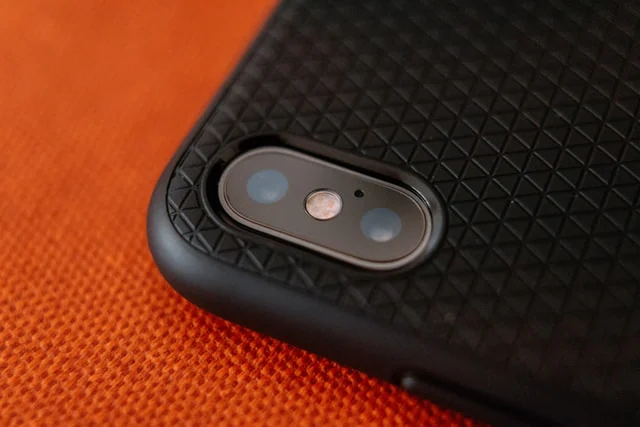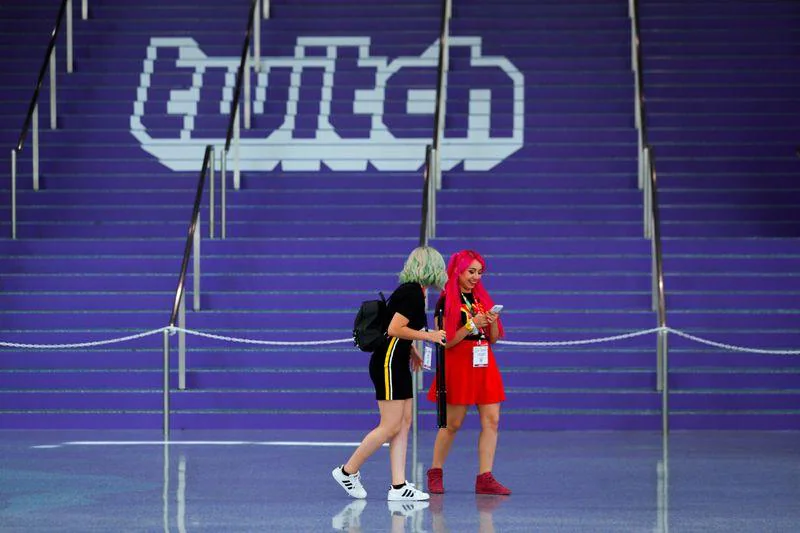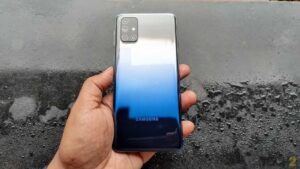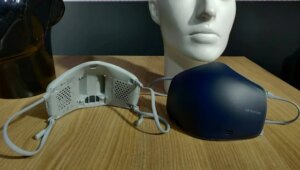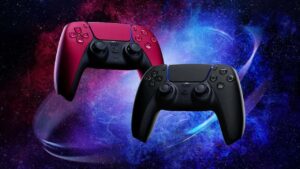Mehul Reuben DasDec 05, 2022 18:32:26 IST
Elon Musk’s new brain-computer interface company Neuralink has the potential to revolutionise tech as we know it. While the brain-computer interface has been around for decades as a theory, it is still in its most rudimentary stages when we think of actual, demonstrable hardware. For a lot of people, especially those who haven’t been following tech, all the promises of humans being able to control machines and computers through their brains would seem to be science fiction.
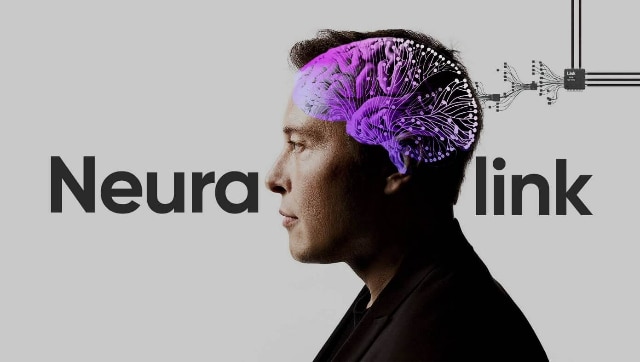
Rather than saying it would cure disabilities in people, Elon Musk should have positioned Neuralink as something that would aid people with disabilities. Image Credit: Neuralink
Neuralink promised a great number of things. Musk himself, whenever he has spoken of Neuralink, or BCI in general, has said some pretty farfetched things – if Musk and Neuralink is to be believed, then the coin-sized chip that Neuralink embed onto a human brain, is poised to be the next big thing in modern medicine.
Over the years, across a number of podcasts and interviews, Musk has said that with Neuralink people will be able to deal with memory loss, hearing loss, blindness, paralysis, insomnia, extreme pain, seizures, addiction, strokes and brain tissue damage. Neuralink would cure all of these if Musk is to be believed.
But is Neuralink really as big a game-changer that Elon Musk hopes it to be? Will a visually challenged person, with a Neuralink embedded in their skull, really get their vision back? Or is Neuralink a classic case of Musk over-promising things and then underdelivering?
“Theoretically, it is possible what they are trying to do. However, it is not as simple as Elon makes it sound,” says Dr Sudipto Chatterjee, a neurosurgeon at one of the largest hospitals in Kolkata. “Whether it works or not will have to be seen on a case-to-case basis, but what I can tell you for sure, is that a one-solution-fits-all approach is not going to work here.”
The disabilities that Musk has said that Neuralink can cure have multiple nuances. Even in his regular practice, Dr Chatterjee says that he has to approach each patient on a case-to-case basis and that although the cases may be similar diagnostically, the treatment is likely to differ for every one of them.
Dr Mukesh Dwivedi, another neuro specialist based out of Gurgaon, says, “We really need to wait and see how they approach the FDA and what sort of applications are they trying to get the approval for. Without seeing any clinical trials, or research papers on what Neuralink hopes to do, it will be difficult to ascertain the exact kind of implementation that Musk is going for. And besides, Neuralink isn’t the only tech company who is trying to do something like this.”
Scientists have been working on the concept of BCIs since the 1960s. The idea was born during the Cold War. Now, we have many companies that are working on something similar to what Neuralink showcased. “The difference is, most of these companies do not hold such public and elaborate show-and-tells like Musk did. Because Neuralink has Musk’s celebrity with it, whatever it does will make headlines, even though there are several tech companies who have developed tech that looks very promising. And I honestly don’t know if Musk’s celebrity status will be beneficial for Neuralink – it may prove to be detrimental in fact,” said Dr Dwivedi.
Although Musk hopes to go for human trials sometime in the next 6 months, several tech startups are already there.
Synchron, a New York based BCI company has already moved forward with human studies. They are testing a matchstick-sized neural implant that doesn’t require open brain surgery. Their device is like a stent which is threaded through a small slit in the neck up through the jugular vein and pushed into the brain. The device is meant to allow people with paralysis to wirelessly control digital devices through thought, and it has shown promising results.
It has allowed patients with amyotrophic lateral sclerosis, or ALS, to do online tasks such as banking, shopping, and emailing. It did not, however, cure their ALS, or help the patients get control of their motor functions. Synchron, unlike Neuralink never claimed that it could heal paralysis.
There’s also the issue of maintenance and upgradability. Neuralink engineers also spoke about the need to make battery charging quick and safe, and to make the implant unobtrusive. “Most people who have cochlear implants take years to adjust to it. I can only imagine what someone with a BCI implant would do if one fine morning they wake up to see their implant has run out of battery, or worse, is malfunctioning in some way,” says Dr Chatterjee.
So are Neuralink’s implants actually feasible? “Neuralink, along with several other startups have demonstrated that such implants are possible, without a doubt. But will it be feasible for the masses in the next decade? I doubt so. Moreover, it will take tech companies like Neuralink and others at least another decade or so to cure the ailments and issues that they say these implants will. Add another 5-10 years to bring these solutions to the market,” Dr Chatterjee added.
“There’s a reason why pharmaceutical or most health tech companies don’t host public show-and-tells on a scale that Musk did with Neuralink,” says Dr Dwivedi. “Events like this, especially when someone like Elon Musk is involved, is bound to create headlines, which in certain patients creates a false sense of hope, and that can be dangerous. Imagine the plight of a quadriplegic or someone suffering from any form of cerebral palsy, who gets to know of this supposed magical cure, that somehow, never materialises for them, or for anybody. What do they do then, how do they go back to their reality, without crashing?” he added.
“Rather than saying that Neuralink is going to cure certain conditions, I think it would have been better if it was positioned as something that would aid people with disabilities, and that it would vastly improve the quality of their lives. That would have been a much more responsible thing to do,” said Dr Dwivedi.



